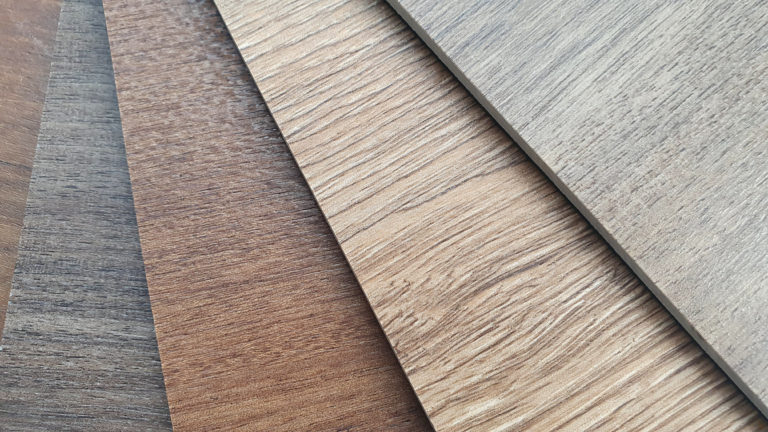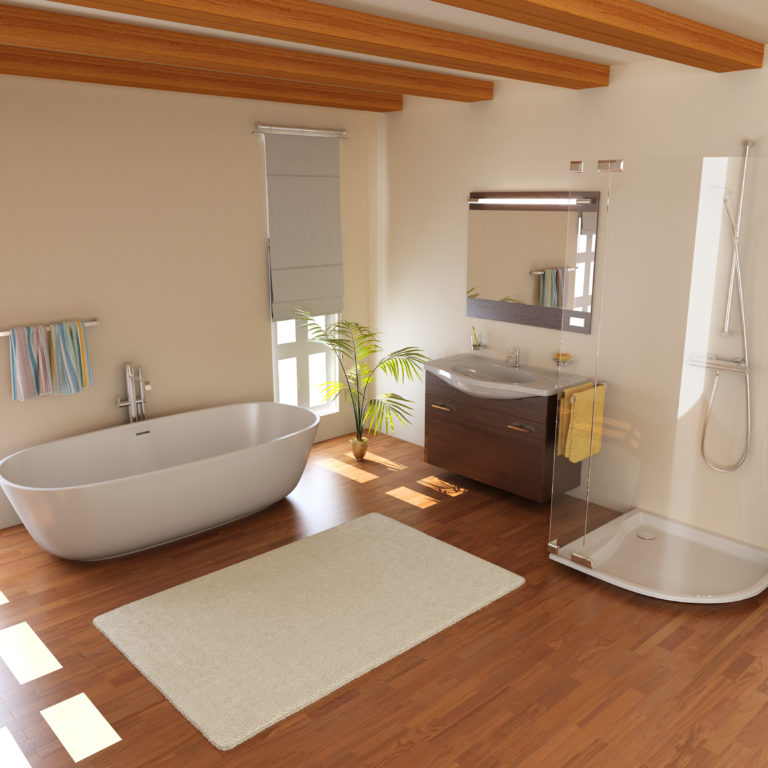This post may contain references or links to products from one or more partners of our parent company and/or subsidiaries of our parent company. For more information, visit this page.
Navigating the sea of flooring options for your home or business seems like finding a needle in a haystack without the right help. This guide highlights two outstanding choices: ceramic and porcelain tiles. Both are celebrated for their durability, adaptability, and aesthetic appeal, making them a solid choice for any space. With that said, you’re not alone if you’re wondering about the distinctions between these two.
Discover your winner in the ceramic tile vs. porcelain tile battle in this comprehensive flooring guide. We’ll cover crucial factors such as resistance to heat and water, costs, maintenance requirements, lifespan, and frequently asked questions, providing you with a thorough understanding to make your choice.
What’s the Difference Between Ceramic and Porcelain Tile?
Ceramic tiles have graced the interiors of countless spaces for centuries, admired for their functional beauty. These tiles are born from natural clay blended with minerals and water, shaped, glazed, and fired at high temperatures. This glazing process gives ceramic tiles their vibrant hues and intricate patterns, making them ideal for adding a touch of character to any room.
On the other hand, porcelain tiles emerge from a denser clay that’s fired at higher temperatures. This process produces a remarkably sturdy tile that resists chipping, cracking, and general wear and tear. With matte, polished, and textured finishes, porcelain tiles seamlessly accommodate many design preferences.
The principal difference between ceramic and porcelain tiles is the composition and firing process. Ceramic tiles generally have a softer and more porous nature compared to their porcelain counterparts. These distinctions in performance can significantly influence your decision-making process, and we’re here to guide you through it.
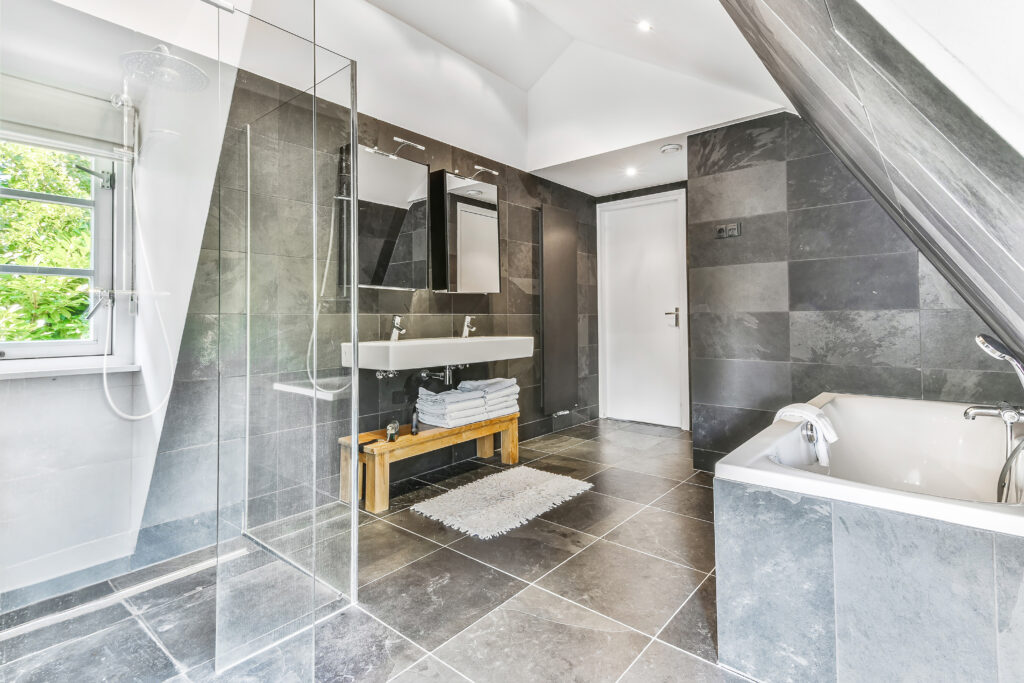
Best Brands of 2024
Ceramic vs Porcelain: Waterproof Flooring Options
While partially waterproof, ceramic tiles are better suited for areas that don’t consistently encounter water, such as outdoor spaces or bathrooms. Nevertheless, by applying a high-quality sealant, you can improve their resistance to moisture and make them appropriate for these applications.
Porcelain tiles, on the other hand, exhibit inherent waterproof qualities due to their remarkably low water absorption rate. This intrinsic feature makes them a prime choice for moisture-prone spaces like kitchens and bathrooms. Their superior water resistance even extends to outdoor applications, including patios and pool decks.
Heat Resistance in Ceramic and Porcelain Tiles
Ceramic tiles can tolerate moderate heat levels, making them suitable for areas prone to heat, like kitchens and laundry rooms. However, they lag behind porcelain tiles in terms of high heat resistance; significant temperature fluctuations might lead to cracking.
Porcelain tiles emerge as the heroes in terms of heat resistance. They bravely withstand substantial temperature swings without succumbing to cracks, making them a fitting choice for underfloor heating systems and every room in the house.
Ceramic Tile vs. Porcelain Tile: Cost Comparison
When considering costs, ceramic tiles take the spotlight as more budget-friendly than porcelain tiles. This cost difference mainly stems from the variance in their manufacturing processes, density, and technical features.
While ceramic tiles are initially easier on the wallet, it’s essential to factor in the long-term benefits of porcelain tiles. Their extended durability and damage resistance could make them the most cost-effective choice in the long run. The reduced need for replacements and maintenance further solidifies their standing as a wise investment.
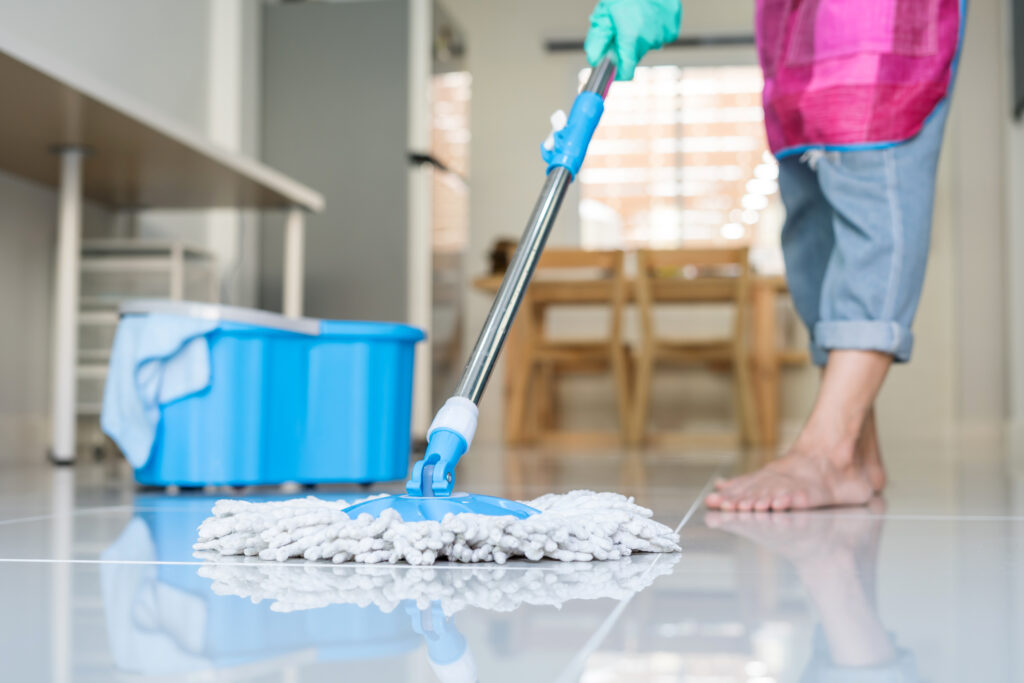
Maintenance and Lifespan of Ceramic and Porcelain
Caring for ceramic tiles involves routine sweeping and periodic mopping. Avoiding abrasive cleaning agents is vital, as they can diminish the glaze and dull the surface. With proper upkeep, ceramic tiles can stand the test of time, serving your home for several decades.
Porcelain tiles tend to require less maintenance than ceramic. Cleaning them with water and mild detergents won’t compromise their surface. Their durability contributes to a prolonged lifespan, often outliving ceramic tiles.
Ceramic vs Porcelain Tile: Frequently Asked Questions
Q: Are porcelain or ceramic tiles cooler to the touch?
A: Porcelain tiles feel cooler underfoot due to their higher density and lower water absorption, which reduces heat conduction. In contrast, ceramic tiles with higher water absorption might feel warmer, especially in sunlight. The tile’s color and exposure to sunlight also influence its temperature. Opting for porcelain or lighter-colored ceramics in warmer areas can help mitigate heat. Additionally, rugs or mats offer relief in high-temperature spots.
Q: Are ceramic or porcelain tiles suitable for commercial settings?
A: Both ceramic and porcelain tiles find their place in commercial applications. However, porcelain often emerges as the preferred choice due to its resilience, ease of maintenance, and versatility.
Porcelain tiles boast strength and durability, making them reliable for high-traffic areas like hotels, offices, and retail spaces. Their low water absorption safeguards them against moisture-related damage. These tiles handle heavy loads and cater to diverse styles.
On the other hand, ceramic tiles flourish in lower-traffic zones and offer a range of design options. Foot traffic, activities, and moisture levels should guide your choice. Opt for porcelain in high-traffic, damp environments, while ceramic suits quieter areas. Always seek the advice of professionals when choosing flooring for a commercial space.
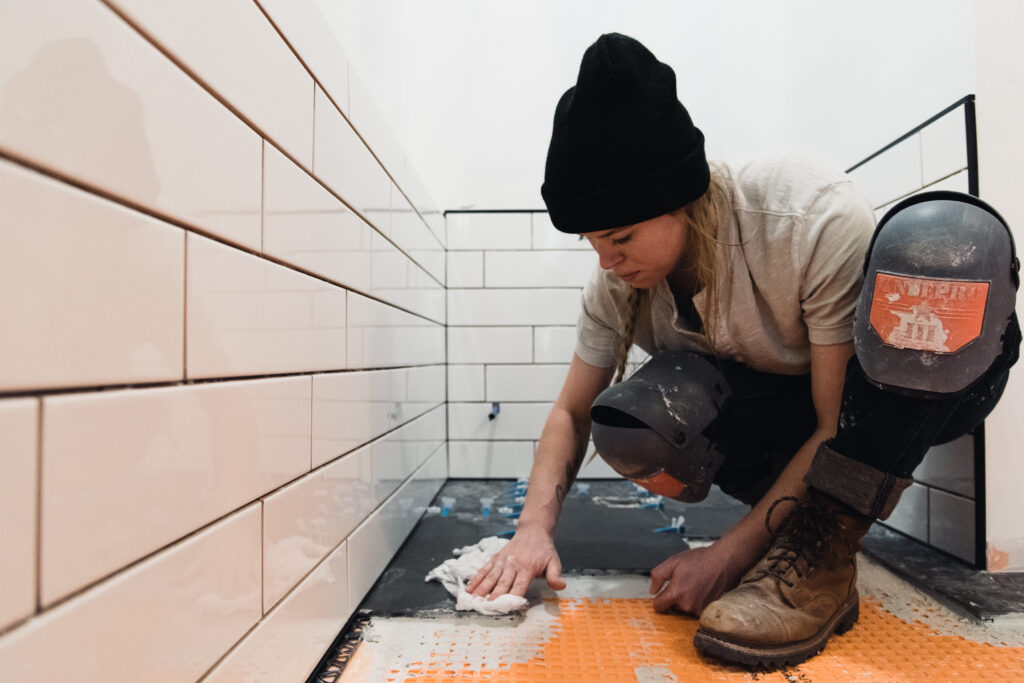
Q: Which tiles are better suited for showers and backsplashes?
A: Both ceramic and porcelain tiles suit showers and backsplashes, albeit with specific considerations.
For showers, porcelain tiles come highly recommended due to their exceptional water resistance and durability, making them an optimal choice for wet spaces. While ceramic tiles can also be used in showers, opting for glazed variants with water-resistant attributes is wise.
Both ceramic and porcelain tiles hold their own in the realm of backsplashes. Ceramics offer a broader array of design options, encompassing various colors, patterns, sizes, and finishes.
The ultimate decision hinges on factors such as your budget, aesthetic preferences, and the level of water exposure. Porcelain tiles secure their standing as the safer option for showers with heightened moisture concerns. In contrast, ceramic tiles can suffice if water isn’t a dominant concern and budget plays a pivotal role.
Q: Are ceramic or porcelain tiles better for large formats?
A: In the realm of large-format applications, porcelain tiles often claim the spotlight over traditional ceramic tiles for various reasons. Porcelain’s density and durability reduce the risks of cracking or breakage in larger sizes. Their low water absorption rate proves crucial in preventing warping and damage, especially in areas prone to moisture. The robustness of porcelain efficiently distributes the weight of larger tiles, minimizing sagging over time. The thinner profiles of porcelain tiles simplify the handling and installation of larger formats.
Moreover, their versatility caters to various indoor and outdoor projects. Not all porcelain tiles are created equal, emphasizing the significance of consulting knowledgeable professionals to select the optimal large-format tiles based on your project’s requirements.
Q: What are the premier tile flooring brands?
A: The choice to invest in tile flooring carries considerable weight, given its renowned durability and power to enhance your home’s interior design. Naturally, the brand you choose should align with your practical and stylistic vision. We invite you to explore three of our favorite brands: Proximity Mills, Chesapeake Flooring, and Paradiso.
Choosing Your Ideal Tile Flooring
The pivotal choice between ceramic and porcelain tiles depends on your needs, budget, and intended application. Ceramic tiles showcase timeless beauty and thrive in indoor spaces with mild moisture exposure. Porcelain tiles boast exceptional strength, versatility, and resistance to heat and water, rendering them perfect for spaces abundant in moisture and even for outdoor environments.
Before reaching a final verdict, consider the specific demands of the intended installation area, budget constraints, and design aspirations. Still not sure which option is right for you? There are countless professionals across the country and the globe that can guide you to the perfect decision. Use our tool here to find the best flooring store near you.
About The Author

Christian Southards
August 18, 2023
Christian is a freelance everything-writer, editor, & SEO guy. When he’s not writing about flooring and remodeling, he’s either writing news for the California American Legion or writing fresh content for his camping & EDC blog (or, you know, actually camping).



